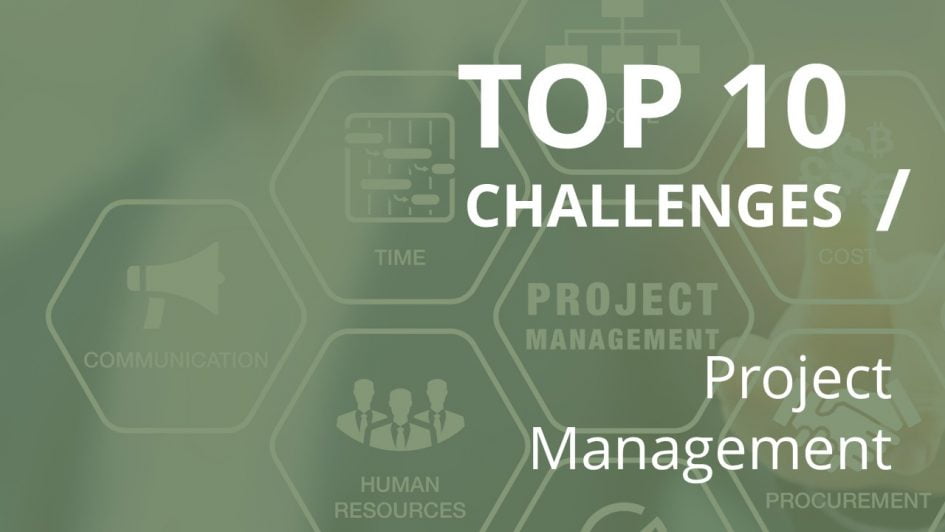
Top 10 challenges in project management
The leadership and senior management of companies, including CEOs and the board of directors, expect projects to be on time and within budget. This can result in many challenges for a project team and it’s individual team members. Let’s have a look at top 10 key issues and challenges in traditional waterfall project management that are currently affecting businesses.
The scope is unclear
Firstly what is scope? It is simply means understanding what the project should achieve and how to do it!
As a project manager (PM), I have seen many projects fails, slow down or go over budget because the fundamental goals of the project were not laid out.
It is imperative at the beginning of any project to ensure that the scope of the project is clear. Below is a what happens when the scope is unclear.
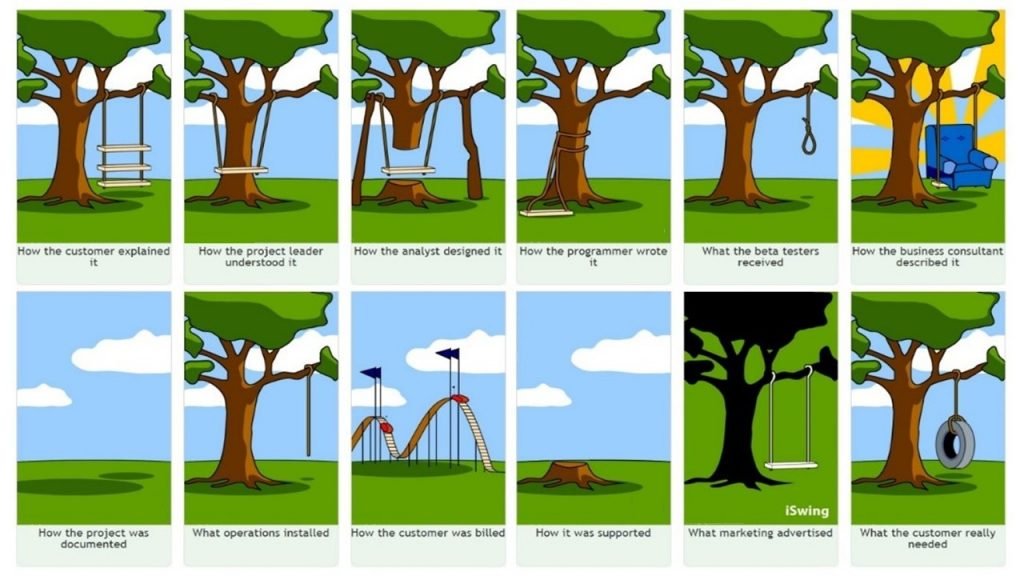
It is imperative that you start with a clear scope that everyone understands – this will be critical to ensuring projects objectives are met and the customer is delighted.
Promising the world
When delivering projects, there is often a desire to add more, especially as the project progresses and uncertainty is realised or new information arises.
This is commonly known as scope creep and it is best to avoid as it is likely to cause project delays and cost blowouts.
Software developers often want to include every feature in an original build, and customers often will say yes to every feature they can get! But doing this can often mean lengthy delays in time and blowouts in budgets, both of which upsets developers and customers alike.
It is the PMs job to control the scope and prevent it creeping. On occassion this control may fail and it is likely due to the PMs inability to say “no” which itself is the result of the PMs personality and their desire to please others or the sheer pressure that they are under.

A recent project for which I was involved, had the requirement to build and deliver a simple “roll-marking” app for students who attend a sporting event or training session. A couple of weeks into making the app the programmer saw the benefits of the app and that it could be used in multiple ways, not just sports, including co-curricular activities, bus rosters, library rosters and a myriad of other uses. However, in doing so, the project would have at least doubled in size and time – both of which would have caused customer displeasure. Subsequently these “benefits” were put on a future opportunities list and the base project was delivered within the time and budget constraints defined by the customer.
If the scope does change, it is extremely important to measure those changes and get them signed-off by the relevant stakeholders. This will ensure the project is completed in a satisfactory way for all stakeholders and delays are communicated.
No one likes a scope creep!
Unrealistic deadlines
In my experience, programmers are notorious at thinking they can complete projects in times frames that are totally unrealistic – they often underestimate the level of uncertainty or incomplete understanding associated with the requirements and tasks and inherently they underestimate effort required. Bugs appear all that time.
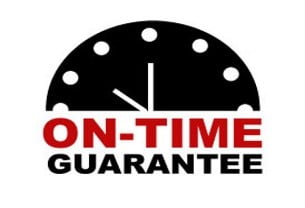
For example, when working on projects, there are many parts, often these parts need to talk to each other. That is to say, there are many dependencies. For example, to build a swing, you need to ensure that the rope has been acquired, that the tree has been grown, that the swing has been constructed. If any of these things did not occur, then there can be some significant delays. Inherently there will be some level of inefficiency due to these dependencies. When managing a project, time must be factored in for these delays – this ensures that the project is likely delivered on time.
Insufficient skills
This is a major issue in any workforce, but especially so in project work. Make sure you have the right staff for the job. The wrong staff can mean that the work is sloppy or incomplete. Also, ensure that your staff follow the correct methodology chosen by the PM. As a PM, regularly check in with your developers or the technical lead and up-skill them if necessary (and as early as possible). Ensure that they can keep up with the latest in technology.

The right tools for the job!
When project managing software projects, it is imperative to have the right tools for the job. Make sure the developers have the correct environments – in most cases, they will use three; a development environment (DEV), a testing environment (TEST) and the production environment (PROD). These three environments have their specific purposes and are essential for good project management. It enables all the stakeholders to see the stages programmers are up to, and it also gives customers a chance to test the product.
For example, a recent project that I inherited only had one environment – PROD. This meant that the developing was happening in the same place the customers were using it. This caused immense troubles, especially when the developers had to close the app. This upset customers – created delayed time and was bad practice.
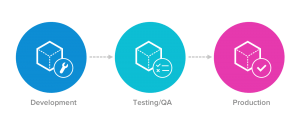
Keep the customer engaged
When building any sort of project, it is essential to keep the customer engaged throughout the duration of the project. You are building what they want, so the more input you can get from them, the better. Do not be afraid of the customer’s ideas but, as discussed earlier, don’t be afraid to say no, in the most diplomatic way. Customers usually understand that there are limits.
In a recent project in which I was the PM, a customer really wanted a massive enhancement to the project (one that was not possible to deliver within the constraints defined by the customer). By engaging the customer during the development cycle of the product, the customer was able to see and understand the reasons around why the enhancement was not viable. In doing so, the project team and the customer were able to define a better solution.

Collaboration is key
Communication with excellent collaboration is essential for successful projects.
A great project leader is one who communicates effectively with all the stakeholders in a project. Do not be afraid to discuss the issues that arise, whether they are with timelines, with budgets or with the actual development. Effective communication ensures that everyone is on the same page and that the “swing” gets built, on time and within budget.
Project collaboration is a method by which PMs, and their teams can plan, coordinate, control and monitor the project they are working on. It is a collaborative approach that requires communication across teams. This is especially important for complex projects or projects which grow in complexity. (Project Manager, 2020)
What are the risks?
Risks to the projects are often overlooked in projects. They may include things like, break down of equipment, change of staff (both project and customer staff), change in technologies, change in scope, customers running out of money or vendors going bankrupt. Things could happen – look at COVID-19 – it has caused massive changes which no one really saw coming. A good PM would, as much as possible, ensure that they have included at least some of the risks in their project plan.
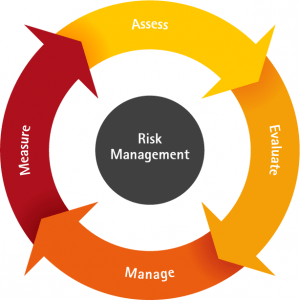
Ambiguous contingency plans
This has just recently, with COVID-19, become a prominent problem in both large and small scale projects. Having large numbers of staff working from home on a regular basis was not considered in most project plans, and now that it has occurred, deadlines had to be pushed back to cope with the change. This, in some cases, caused significant blow outs of costs with some project having to be closed completely. I am not suggesting here that you need to be a crystal-ball gazer and predict the future, but the more robust and critically thought out your risk-based contingency plans are, the better the project is prepared for when something does occur.
Conflict
Conflict occurs in all walks of life, including projects. There are three types of conflict that often occur around projects; task conflict, relationship conflict and value conflict. Put mechanisms in place early to deal with conflict and you find that conflict occurs less and when it does happen, stakeholders know what is expected of them.
Recently, in a difficult project I was working on, there was a conflict over the way two programmers and a customer wanted a log-in screen to look. Luckily, the PM had documented the meetings where this log-in screen was discussed, and the conflict was resolved by all parties sticking to the agreed design with the proviso that amendments could be made down the track. It was because of the documentation and excellent communication from the PM that the project stayed on track and was delivered on time and within budget.
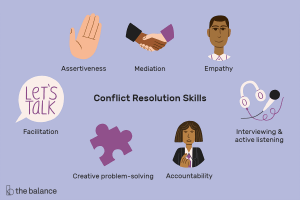
Conclusion
In conclusion, great project management is expected by project stakeholders to ensure their projects are delivered on time and within budget.
Taking note of the problems faced by project managers is a good way to prevent some of these issues from occurring in the future.
References
Doyle, A. (2019, June 17). Conflict Resolution. Retrieved from The Balance Careers: https://www.thebalancecareers.com/conflict-resolutions-skills-2063739
Scheid, J. (2020, April 26). Real Life Examples of Scope Creep – What Is Scope Creep? Retrieved from Bright Hub Project Management: https://www.brighthubpm.com/methods-strategies/writing-a-test-plan-define-test-criteria/
Zilicus. (2020, April 26). Project Management – Managing Stakeholder Expectations. Retrieved from Zilicus: http://blog.zilicus.com/project-management-managing-stakeholder-expectations-part/
Are you interested in knowing more about it?
Let’s talk, we can help you!
Check out the Lucid Insights blog
There is a variety of content that may help you to improve your business!







